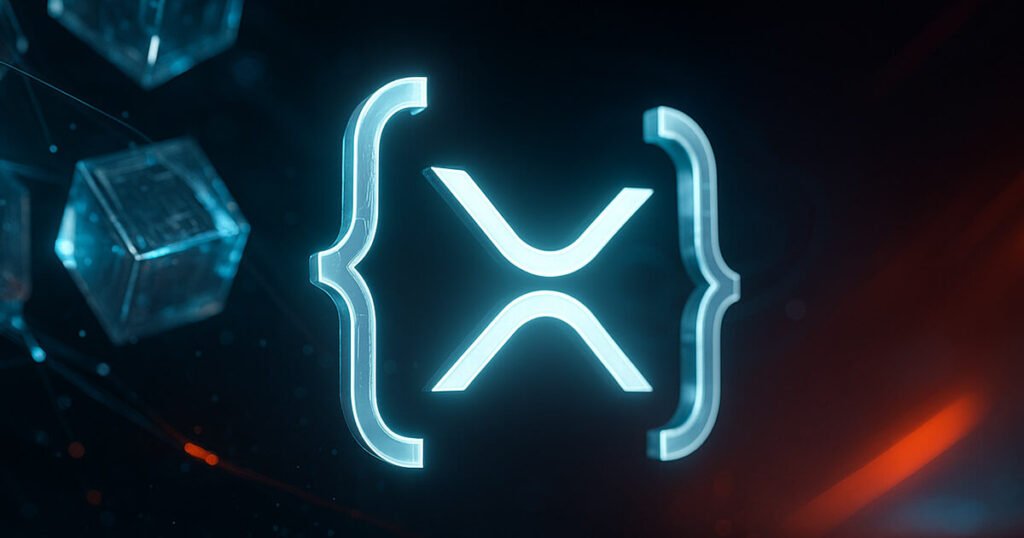The XRP Ledger 2.5.0 Update: Enhancements for a Competitive Edge
On June 24, 2023, the XRP Ledger (XRPL) announced the release of version 2.5.0 of its core software. This significant update showcases a variety of improvements aimed at bolstering network performance, enhancing enterprise features, and ensuring regulatory compliance. Analysts have noted that these advancements align with Ripple’s ongoing strategy to position XRPL as a robust alternative to leading blockchain platforms like Ethereum and Solana, especially for smart contract and token-based applications.
Key Upgrades to the XRPL Framework
Among the most notable features in the 2.5.0 update are batch transactions, enhanced token escrow, permissioned decentralized exchanges (DEX), and an innovative permission delegation system. Transaction batching stands out as a transformative capability that allows multiple operations to be executed in a single atomic transaction. This feature is particularly beneficial for enterprises engaged in large-scale operations such as airdrops, payroll, or token distributions, streamlining their processes and improving efficiency.
The update also expands the token escrow functionalities, supporting trustline-based and multi-purpose tokens. This enhancement enables developers to implement time-based or conditional releases of assets, which can be especially effective for vesting schedules or decentralized finance (DeFi) applications. These improvements not only refine the user experience but also open the door for more sophisticated financial applications on the XRPL.
Enhanced Compliance with Permissioned DEX
The introduction of the Permissioned DEX functionality is a pivotal development for XRPL, enabling network participants to restrict trading access in accordance with compliance requirements. This feature is ultimately geared towards attracting financial institutions looking to mitigate compliance risks while venturing into the blockchain sphere. By allowing users to create controlled trading environments, the Permissioned DEX furthers XRPL’s credibility within the institutional landscape.
Parallel to this, the Permission Delegation system is designed to bolster security while offering operational clarity for token issuers. This system allows issuers to delegate specific transaction permissions to designated accounts, all while maintaining transparency and auditability on the ledger. This level of flexible governance positions XRPL as a favorable choice for businesses that need to separate roles and responsibilities without sacrificing control over their assets.
Ripple’s Vision and MiCA Compliance
According to RippleX developers, the new features have the potential to significantly aid in compliance with the Markets in Crypto-Assets Regulation (MiCA) as well as facilitate the operations of stablecoins, treasury management, and controlled DeFi access. As more regulatory frameworks emerge, having built-in compliance tools is crucial for attracting institutional interest and fostering widespread adoption of the XRPL.
Growing Institutional Demand for XRP
The release of version 2.5.0 comes at a time when XRP, the native token of the XRPL, is witnessing a surge in institutional demand. Notably, on the same day as the update, the CME Group announced that its newly launched XRP and Micro XRP futures, introduced on May 19, have gained substantial traction. Within just one month, these products recorded an impressive $542 million in trading volume, demonstrating a keen interest from both institutional players and retail investors.
The data reveals that open interest reached $70.5 million, featuring significant contributions from Exchange-Traded Fund (ETF) issuers and a broad swath of institutional participants. Interesting trends emerged, showing that approximately 45% of the trading volume stemmed from markets outside the US and Canada, indicating a growing appetite for XRP exposure on a global scale. This international interest underscores how XRP is maturing into a significant component of institutional portfolios.
Implications for the Future of XRPL
The updates and advancements introduced in XRPL 2.5.0 not only enhance its technological framework but also position it as a competitive player in a rapidly evolving digital asset landscape. The combination of improved user functionalities, robust compliance measures, and heightened institutional interest paints a promising picture for the future of the XRP Ledger.
By focusing on scalability, security, and compliance, Ripple’s ongoing development efforts aim to solidify XRPL’s status as a go-to platform for businesses looking to leverage blockchain technology. The innovations presented with version 2.5.0 serve as a testament to Ripple’s commitment to pushing boundaries and meeting the evolving needs of the digital finance ecosystem.
In conclusion, the launch of XRPL 2.5.0 marks a crucial milestone in Ripple’s journey and sets the stage for greater institutional adoption and integration of blockchain technology into mainstream finance. As the digital asset landscape evolves, XRPL’s strategic enhancements could prove essential in establishing it as a leading alternative to well-established platforms like Ethereum and Solana.

















